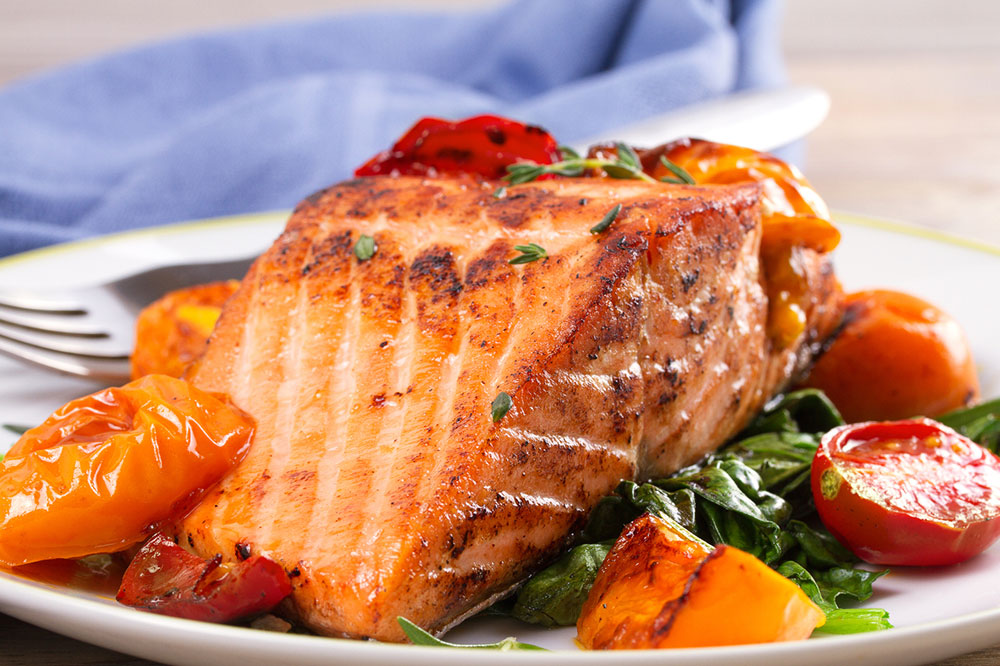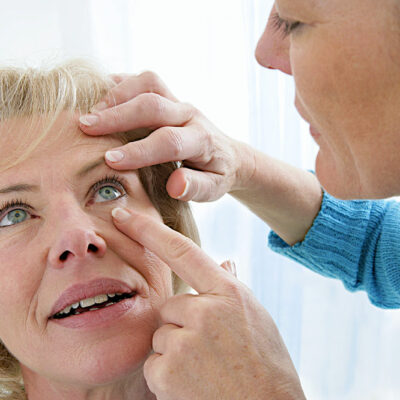
Top 9 foods that patients with leukemia should avoid
Leukemia is a type of cancer involving the growth of abnormal or cancerous blood cells in the body. Such blood cells begin growing in the bone marrow, which is responsible for producing blood. While the exact cause of leukemia is unknown, some triggers include genetic predisposition, previous cancer interventions, and exposure to benzene and certain other chemicals. Besides timely intervention, a healthy lifestyle can promote symptom management. Here are some foods to avoid with leukemia: Foods to avoid with leukemia Here are a few foods that patients with leukemia should avoid: Sugary foods Although the direct link between sugar and cancer is not yet fully established, sugar increases one’s risk of developing lifestyle diseases like diabetes and cholesterol, which can impede healing from leukemia and other cancers. Moreover, high blood sugar levels can cause elevated blood pressure, which is also a consequence of leukemia treatment. Thus, sugary foods can worsen the side effects of leukemia intervention. It is best to limit or avoid added sugar while healing from leukemia, replacing it with natural sugar sources like fruits and fresh fruit juices. Spicy foods Spicy foods give rise to digestive problems like nausea, diarrhea, and vomiting, which can worsen the impact of the side effects caused by leukemia treatment.
Read More 










